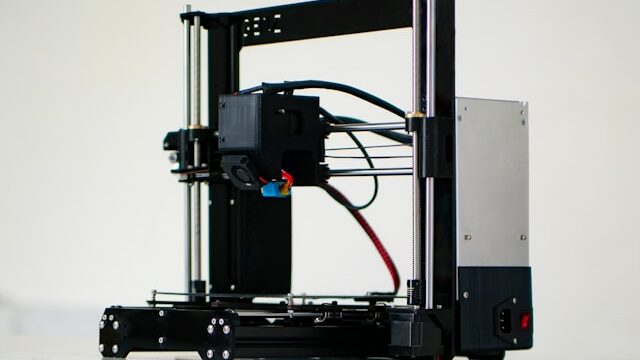Researchers from China, Japan, and the United States have designed and implanted a 3D-printed hydrogel-based penile system. This innovation, published in Nature Biomedical Engineering, enabled pigs and rabbits to regain their erectile function and reproduce biologically.

Overcoming vascularization challenges
Vascularization is crucial for the proper functioning of complex organs, particularly in facilitating an erection. The 3D-printed model incorporates key structures such as the corpus cavernosum and the tunica albuginea, aiding the study of underlying mechanisms in erectile dysfunction and Peyronie’s disease.
Implantation success and clinical prospects
The researchers tested an advanced model enriched with endothelial cells, which are essential for blood circulation. Implanted in pigs and rabbits with vascular abnormalities and penile deformities, the bioengineered tissue restored erectile function, confirmed by the mating and reproduction of the test subjects.
This breakthrough paves the way for potential clinical applications in treating human penile injuries.
Towards advanced regenerative medicine
The 3D printing of biological tissues is rapidly advancing. The xolography technology, developed by Eindhoven University of Technology, could revolutionize the manufacturing of complex organs like muscles and kidneys. These advancements bring regenerative medicine closer to a tangible therapeutic reality.
Picture by Wirestock via Freepik.
The articles published on Imprimy.com are for informational purposes only. They are intended to provide general advice and information related to 3D printing. Imprimy.com cannot be held responsible for the results obtained or the consequences arising from the application of the shared information. We recommend always checking the specific instructions for your hardware and materials before use.


